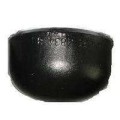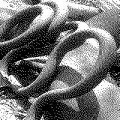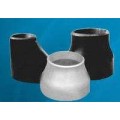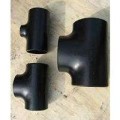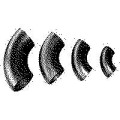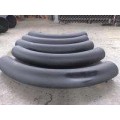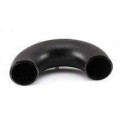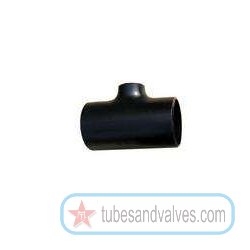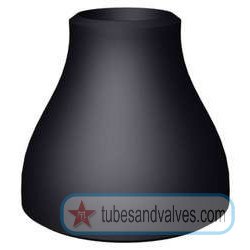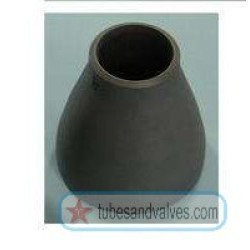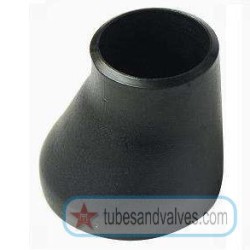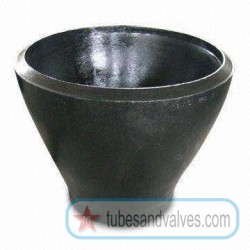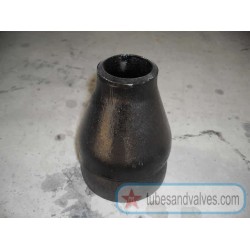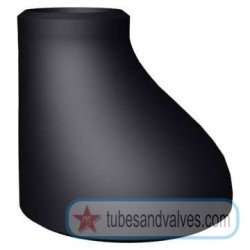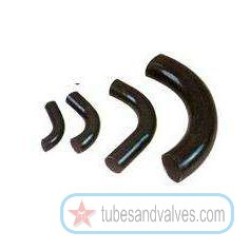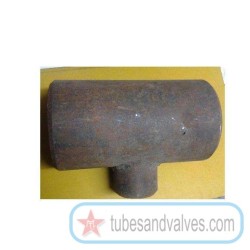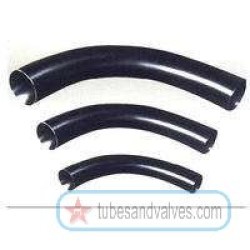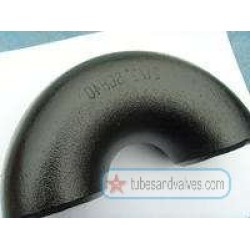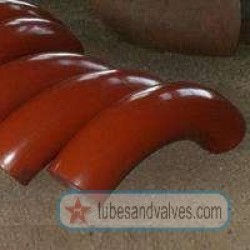Buttweld Pipe Fittings
Buttweld pipe fittings are widely used in industrial, commercial, and residential settings due to their ability to handle fluids, including gas, water and oil, without leakage. The popularity of these fittings is due in part to their durability, flexibility, and range of available sizes. They are used to connect the various components of a plumbing or piping system with the use of a metal welding process, hence the name "butt welding." Butt weld pipe fittings often have metal sleeves at their connection points, which provide additional strength and protection to the joint.
Types of Buttweld Pipe Fittings
Butt weld pipe fittings are available in a wide variety of materials, shapes, and sizes to suit any application. The most common materials used in buttweld fittings are stainless steel, aluminum, and carbon steel. The type of material used depends on the application, such as corrosive fluids or extreme temperatures. Common shapes for buttweld fittings include elbow, tee, reducer, cap, and cross. The size of the fitting is determined by its internal diameter, or ID.
Advantages of Using Buttweld Fittings
- Buttweld fittings are extremely durable and reliable, making them a cost-effective alternative to other pipe joining methods.
- Because the process of welding metal to metal is used, joints are extremely strong and highly resistant to leaking.
- The size and shape of the fitting can be customized to fit your specific needs.
- Buttweld fittings have a high corrosion resistance, making them ideal for use in harsh environments.
- Buttweld fittings are relatively easy to install, as long as a welded joint is properly Trained.
Applications for Buttweld Pipe Fittings
Buttweld pipe fittings can be used in many applications, such as oil and gas processing and transmission, water and wastewater treatment, chemical plants, industrial piping and more. They are well-suited for a variety of industries, including marine engineering, paper and textile mills, food processing and energy production.
Installing Buttweld Pipe Fittings
Before installing a buttweld fitting, you must ensure that the pipe has been properly cut, prepared, and cleaned. It is important to use the right tools and follow the manufacturer’s instructions for cutting and joining the pipes. If the fittings fail to meet the specifications, it is likely that leaks may develop. Once the joint is assembled and fitted to the pipes, it can be permanently welded together and the joint inspected using x-ray or ultrasound.
Cost of Buttweld Pipe Fittings
The cost of buttweld pipe fittings can vary depending on the type of material used, the size of the fitting, and the quantity needed. Generally, stainless steel is the most expensive material and the cost decreases for aluminum and carbon steel. The cost of fitting installation will also factor into the total cost, as installation fees tend to be higher for buttweld fitting installation due to the skilled labor required.
Buttweld pipe fittings are widely used components in plumbing and piping systems due to their strength and reliability. They are made from a variety of materials and are available in a range of shapes and sizes. Proper installation and maintenance of buttweld fittings require the use of skilled labor and the right tools, and the cost of the fittings vary depending on the material and the quantity of fittings needed. Overall, buttweld fittings are a great choice for many industrial, commercial, and residential applications.
MS Buttweld Pipe Fittings FAQs
Frequently Asked Questions about MS Buttweld Pipe Fittings
What are MS Buttweld Pipe Fittings?
MS Buttweld Pipe Fittings are metal connectors that are used to join sections of MS pipes together. They are designed to withstand high pressure and temperature and are commonly used in industries such as oil and gas, chemical, and construction.












































